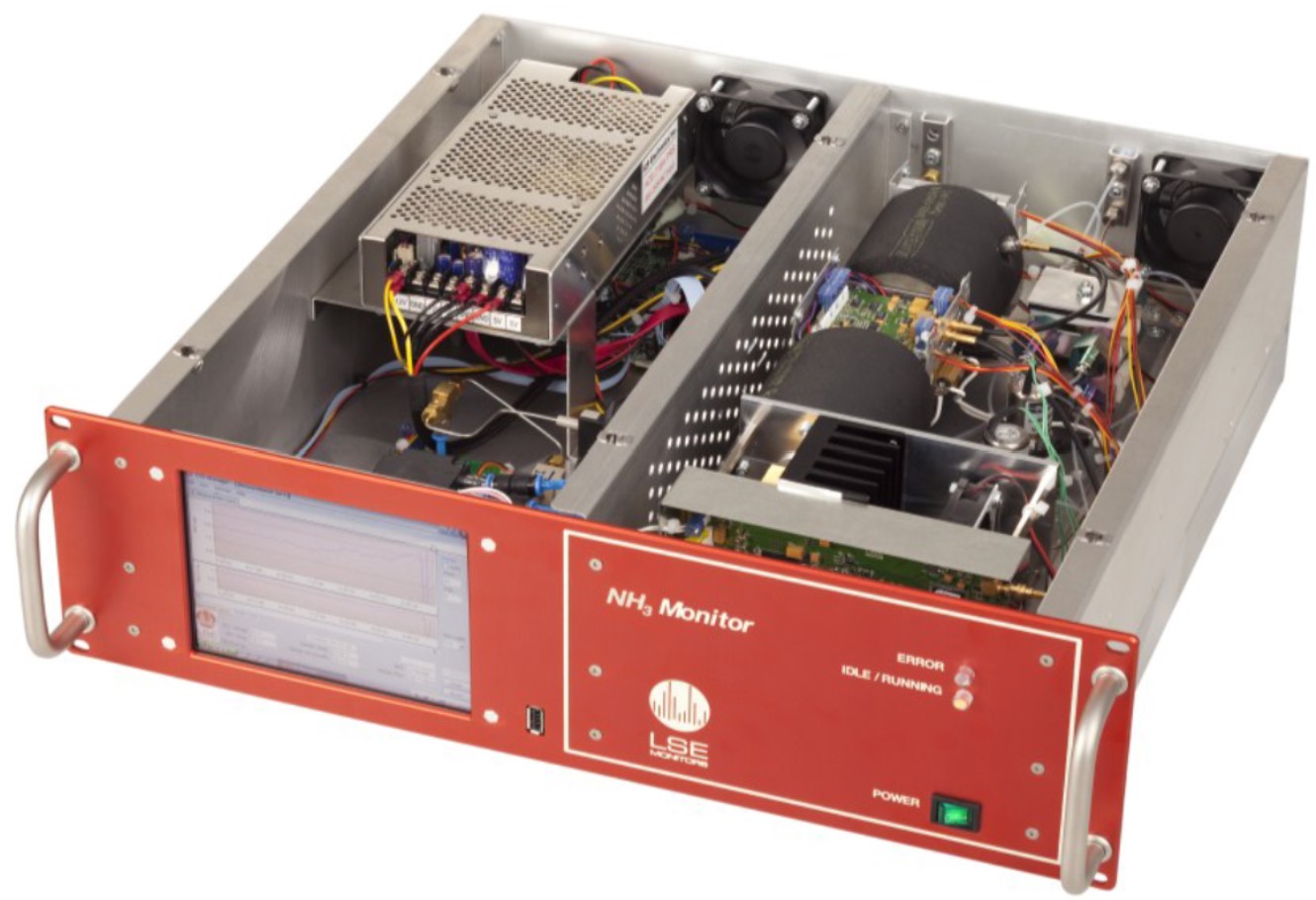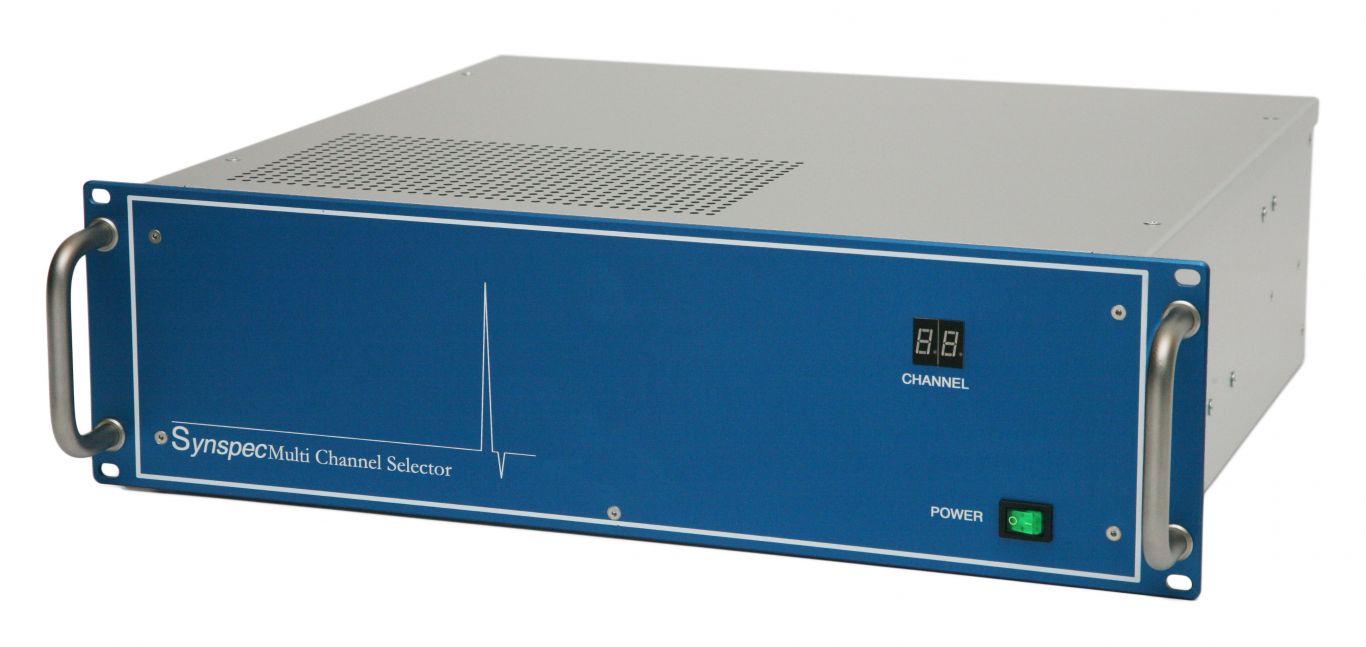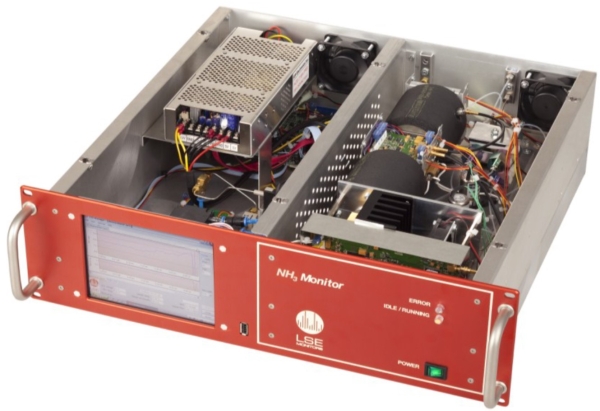Ammonia measuring device for the ppb measuring range
Ammonia from livestock and industrial processes is one of the main causes of acid rain and plays an important role in the formation of aerosols in the atmosphere. In higher concentrations, odour also becomes a problem.
LSE Monitors has developed a highly sensitive ammonia detector based on laser photoacoustics (photoacoustic spectroscopy), which is able to continuously measure ammonia concentrations below 1 ppbv within a few minutes. Laser photoacoustics is not only a very sensitive technique, but also a very selective one.
The LSE ammonia meter is fully automatic, robust, virtually maintenance-free and equipped with user-friendly software that allows stand-alone operation by non-specialist personnel. These features minimise operating costs.

Highly sensitive N2O measuring device
Nitrous oxide (N2O) plays an important role as a greenhouse gas and is involved in the depletion of the ozone layer in the atmosphere. In the last century, anthropogenic sources of N2O have increased by a factor of 2, leading to an increase in atmospheric concentration from 285 in 1900 to 330 ppbv in 2010. Emissions from agriculture are the main source, followed by industry and energy plants. Globally, natural sources are still responsible for over 50% of N2O emissions, but in many regions and countries, e.g. the Netherlands, they play only a minor role (less than 5%), while agriculture and industry are the main contributors. It is generally assumed that the global increase is solely due to anthropogenic sources.
Although the concentration of N2O in the atmosphere is relatively high (330 ppbv), the fluctuations between day and night and the seasonal differences are small. Therefore, highly sensitive and stable instruments are needed to monitor N2O emissions in the atmosphere. These instruments have not been commercially available until now.
For the detection of N2O, LSE Monitors has developed a highly sensitive laser-based photoacoustic detector (photoacoustic spectroscopy) capable of continuous and on-line monitoring of N2O concentration with a detection limit of less than one ppbv within a few minutes. The detector is designed to operate independently and with virtually no maintenance, it is robust and has user-friendly software. It is designed to keep operating costs as low as possible.
For further information you can contact us at any time via the quote request on the right or via our contact page.

Multipoint Sampler
Measure NH3 or N2O concentrations at up to 15 different locations with a single LSE laser photoacoustic meter using the Multipoint Sampler. Up to 15 sample lines can be connected to the LSE Multipoint Sampler, and a specially coated switching valve provides sequential analysis of each sample line. Sampling ammonia is particularly difficult, so it is important to have a high quality and reliable sampling system.





